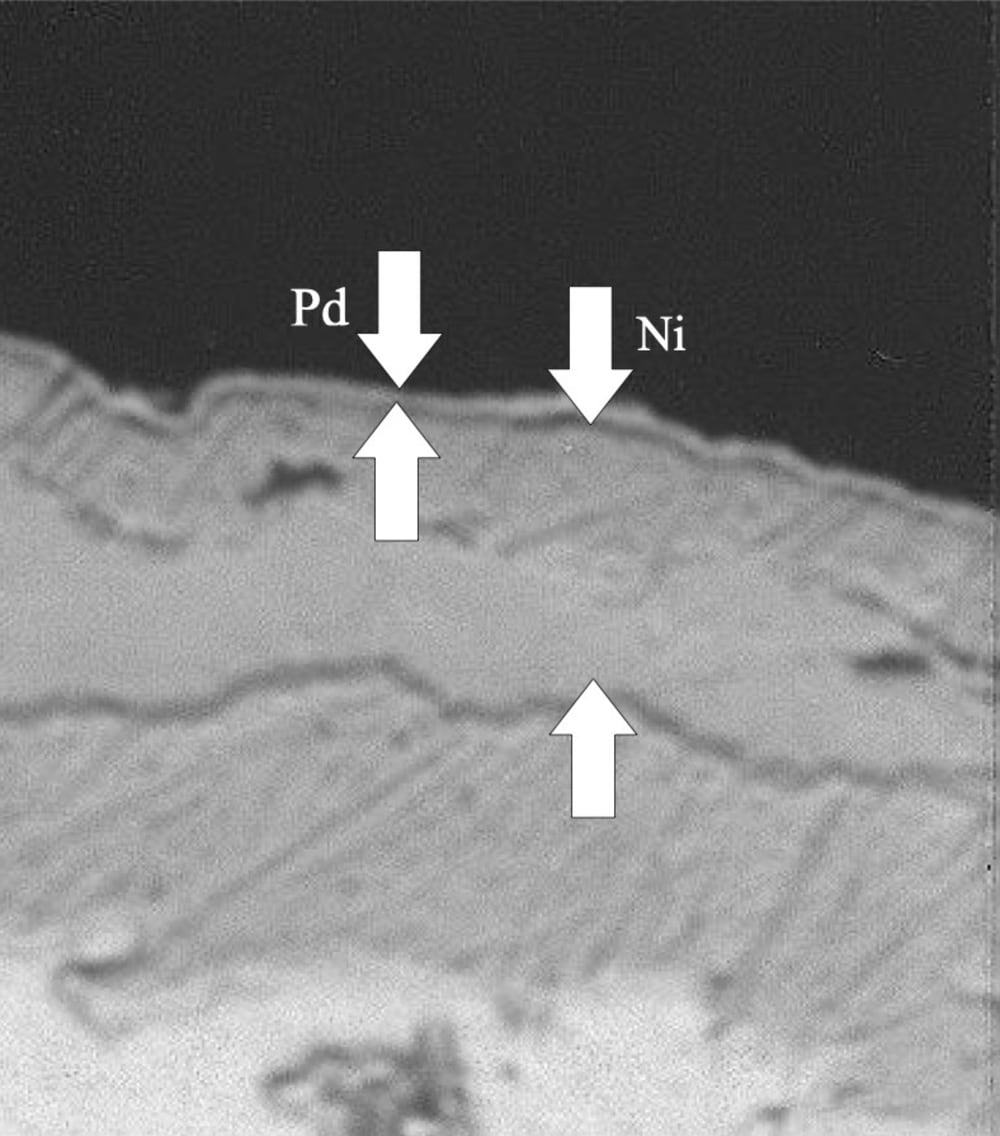I propose a simple means for reducing emissions from many internal-combustion engines. These engines will eventually phase out, but not for a number of years. Meanwhile, it is beneficial to reduce emissions during this transition.
Included in this technology are hybrid vehicles. Another is engines of large aircraft, some ships and electric power plants. Although developers are experimenting with renewable fuels, such engines still burn fuel, producing some emissions.
In a test engine, I applied a thin coating of nickel and palladium to interior surfaces of the combustion chambers. After testing, most surfaces were coated with soot. Only exhaust valves and a small area around them were clean, being hot enough to light the catalyst.
Even these small areas had a dramatic effect on engine timing. Standard spark ignition for the test engine is 20–40 degrees before top-dead-center. Catalyst reduced timing to 0–20 degrees before top-dead-center.
Potential advantages of catalyzed exhaust valves:
- Increased mileage
Fuel would burn more completely.
- Reduced NOx
Increased reaction rate would allow less time for NOx to form.
- Reduced emissions after cold start.
Catalyzed valves reach light-off much sooner than a converter several feet away in the exhaust pipe.
- Security
Conventional catalytic converters are exposed to theft. By locating some catalyst inside the engine, any converter underneath the vehicle could be reduced in size and cost.
- Manufacturing simplicity
Applying catalyst to valves prior to engine assembly is the only change in manufacturing procedure.
- Raw material locally available
A catalyst such as palladium for 15M new cars/yr (USA output) would use <20% of Pd mined/yr in North America.
The focus of my test was coating durability. Prior to testing, I discussed this with scientists at Ford and Johnson-Matthey. Both said that catalyst in the combustion chamber was the first thing companies tried when developing emissions control technologies in the 1960’s. They said they tried every available method for applying catalyst—all peeled. That is why catalytic converters are in tail pipes.
A few decades following, I used my own method for applying catalyst to exhaust valves of a VW air-cooled engine. I first applied nickel to reduce diffusion of the valve metals into the palladium. Nickel also has a low diffusion rate into palladium. I then applied a thin layer of palladium. I drove 1300 miles—freeway, city streets, mountain roads. I sent the engine to a commercial lab—they found no evidence of peeling. I did not measure emissions. I propose performing emissions tests on engines.
Proposal:
- In test engines, apply the above coating to exhaust valve faces.
- Adjust timing and engine-cooling temperature, then measure emissions.
- Test endurance of various thicknesses of catalyst. Nickel and catalyst may slowly diffuse into each other, reducing effectiveness. I detected no problem after the 1300-mile test, but could become so over vehicle life, depending on thickness.
Notes:
- Cost of palladium: $5-$10 per vehicle.
- During extended idling, diesels are too cool to light a catalyst. Soot would accumulate on the catalyst, destroying effectiveness.
Like this entry?
-
About the Entrant
- Name:Terry Chappell
- Type of entry:individual
- Patent status:none


